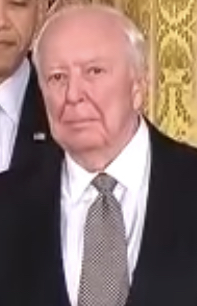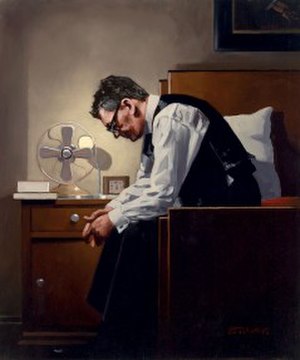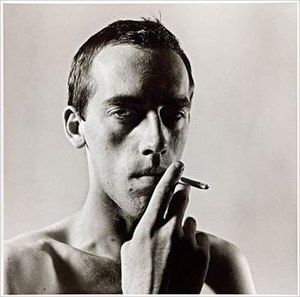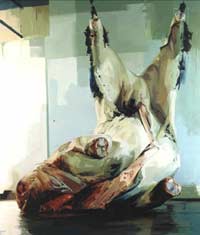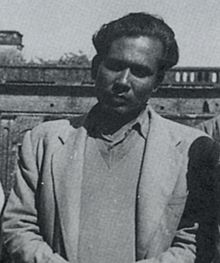The Green Target was at the Jewish Museum, but there was a big white flag, a smaller white flag, numbers, the alphabet, anything—all those great masterpieces." Castelli immediately offered Johns an exhibition. His first solo show at the Leo Castelli Gallery, held in early 1958, was well received; all but two of the eighteen works on view sold. Alfred H. Barr Jr., the founding director of New York's Museum of Modern Art, purchased three paintings from the show, which were the first works by Johns to enter a museum collection.


